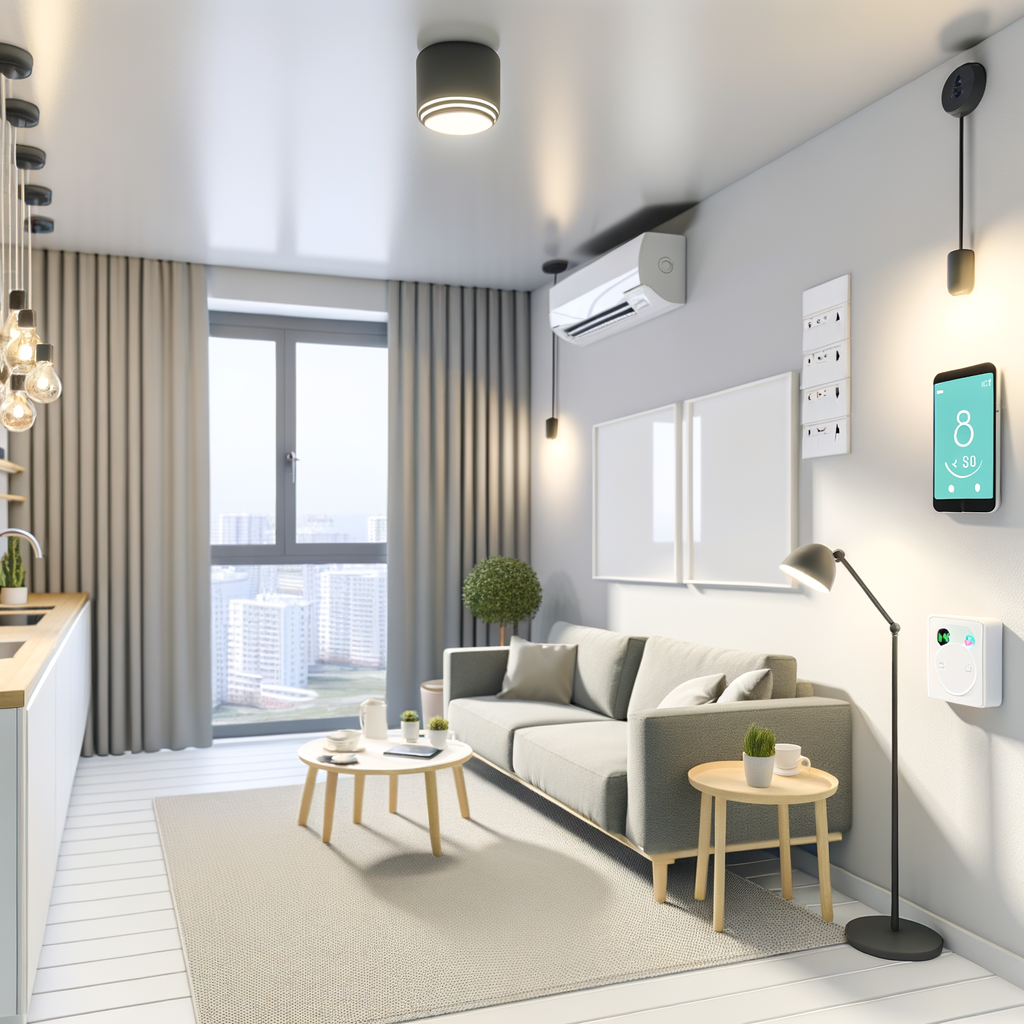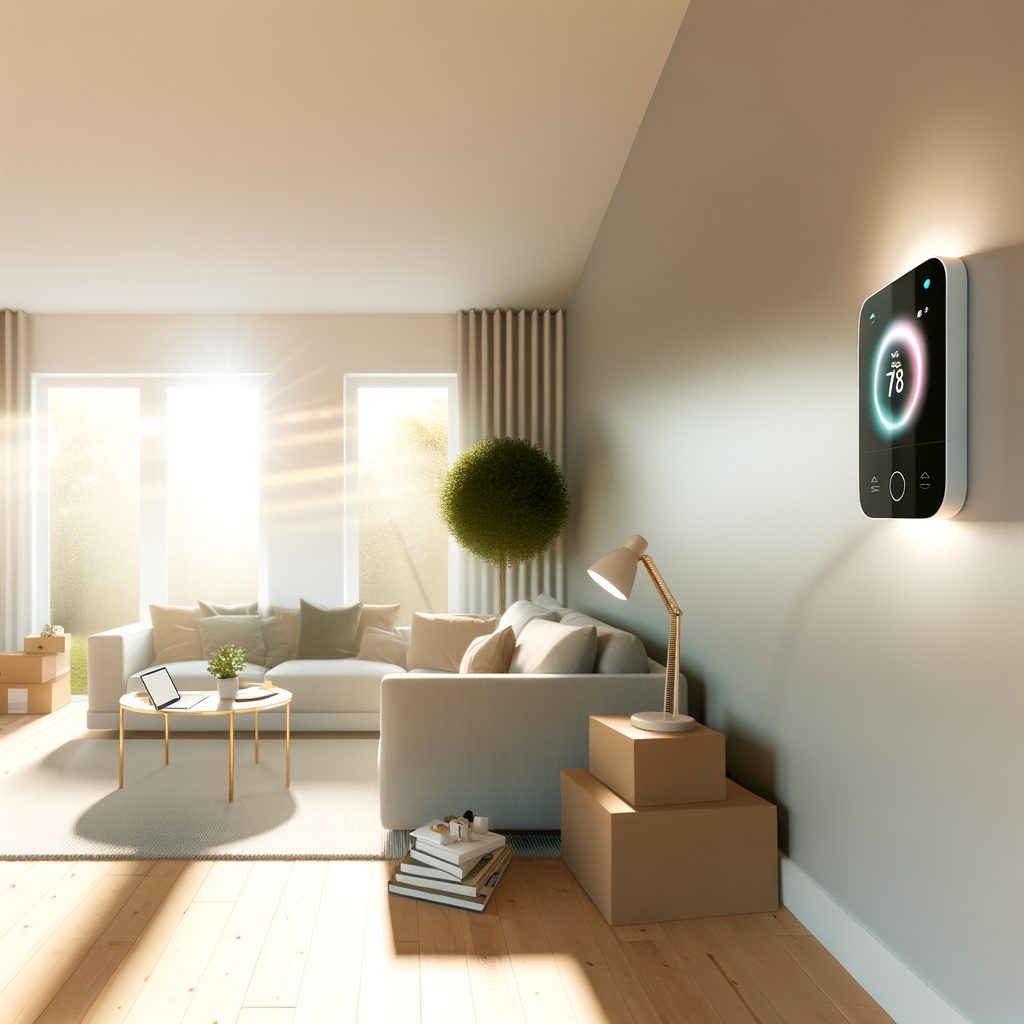How to Build a Smart, Energy-Saving Apartment Setup on a Renter’s Budget
Turning your rental apartment into a smart, energy-efficient haven doesn’t require ownership or a massive investment. With the right approach, renters can slash utility bills, reduce their carbon footprint, and enjoy modern convenience without violating the lease agreement. Here’s a step-by-step, practical guide to creating an energy-saving smart home setup designed specifically for renters on a budget.
Why Smart and Energy-Efficient Matters for Renters
Modern smart home devices do more than impress with convenience. They help:
- Cut energy bills—by optimizing heating, cooling, and lighting.
- Reduce environmental impact—reducing unnecessary energy use benefits the planet.
- Add comfort and convenience—voice control, automation, and scheduling make life easier.
- Maintain flexibility—most products are plug-and-play, so you can take them when you move out.
Smart, Budget-Friendly Upgrades for Renters
You don’t need to invest thousands or get landlord permission for major changes. Here’s how you can assemble an energy-smart apartment without breaking your lease—or your bank account.
1. Smart Plugs: The Foundation of Apartment Automation
Start simple. Smart plugs let you control and automate almost any electronic device, all without rewiring or complicated setup.
- How they save energy: Schedule them to turn off devices you’re not using, cut “vampire” energy drain, and even monitor power consumption.
- Where to use: Lamps, fans, humidifiers, coffeemakers, and entertainment devices.
- Pro tip: Choose models compatible with Alexa, Google Assistant, or Apple HomeKit for voice or app control.
2. Smart Lighting: Easy, Drastic Energy Savings
Lighting often accounts for up to 15% of household electricity use. Switching to smart LED bulbs is one of the fastest ways to cut power bills.
- LED smart bulbs use up to 80% less electricity compared to incandescent.
- Schedues & automations prevent leaving lights on when you’re away.
- Dimming & color options let you tailor lighting to mood or time of day, saving energy when full brightness isn’t needed.
- Easy installation: Simply replace your existing bulbs—no rewiring, no permissions needed.
3. Smart Thermostats for Renters: Portable Options
Many landlords don’t allow thermostat replacements, but that doesn’t mean you can’t have better temperature control. Several new smart thermostats don’t require hardwiring and can be installed over existing units or used as independent temperature sensors.
- Standalone smart thermostats: Some models work with portable AC units, space heaters, or window units, plugging into the wall—perfect for renters.
- Removable adhesive or magnetic options: If you can’t unscrew the existing wall unit, stick-on or magnetic smart controllers are available.
- Remote sensing and control: Smart thermostats let you adjust your climate from anywhere using a smartphone.
4. Smart Sensors: Automate and Optimize Energy Use
Outfit your apartment with affordable smart sensors that work with your plugs and lights to automate power savings:
- Motion/occupancy sensors: Auto-turn off or dim lights and electronics when you leave a room.
- Door/window sensors: Remind you if AC is running while a window is open or cut power to certain outlets automatically.
5. Portable Smart Air Conditioners & Space Heaters
If your apartment’s HVAC is inefficient or centralized, portable devices with built-in smart controls can save energy by heating or cooling only the rooms you’re actually using. Look for:
- Energy Star certified units for maximum efficiency.
- Programmable schedules, timers, and Wi-Fi control so devices are only on when needed.
- Integration with smart home platforms for automation alongside sensors and plugs.
Strategies to Maximize Savings and Convenience
Plan Your Smart Setup Room-by-Room
- Living room: Smart plugs on your TV and entertainment center, smart bulbs in main lamps, motion sensors for entry/exit.
- Bedroom: Smart bulbs (for dimming at night), window sensors to avoid cooling a room with open windows, and climate control if possible.
- Kitchen: Smart plugs on countertop appliances, schedule to turn off unused devices, or even smart switches on exhaust fans.
Embrace Automation for Effortless Energy Savings
Setting up routines and automations is the secret to consistent energy reductions. A few ideas:
- “Away” mode: With a single tap or voice command, turn off all non-essential devices and adjust the thermostat when you leave the apartment.
- Night mode: Dim or switch off lights, turn off entertainment systems, set the thermostat back when you go to bed.
- Geofencing: Have devices respond automatically when your phone leaves or approaches the apartment.
Use Your Voice—Or Your Phone
Pairing your smart setup with a compatible speaker (like Amazon Echo, Google Nest, or Apple HomePod mini) adds hands-free control. You don’t need to pull out your smartphone every time—just ask, “Turn off the bedroom lights.”
Saving More: Low-Tech, Low-Cost Energy Hacks for Renters
High-tech gadgets pair best with classic efficiency habits. Here are some low-commitment adjustments that can be combined with smart tech for even greater utility savings:
- Weatherstrip windows and doors—add removable, non-damaging seals to prevent drafts and cut heating/cooling waste.
- Add blackout and thermal curtains—reduce unwanted heat gain or loss (and automate opening, if you invest in compatible smart curtain motors).
- Unplug “energy vampires”—use your smart plugs or manually unplug phone chargers, game consoles, and small appliances when not in use.
- Set fridge/freezer to optimal temps—keep refrigerator at 37-40°F and freezer at 0-5°F for food safety and energy efficiency.
- Laundry tips: Wash full loads, use cold water, and air-dry if possible. Smart plugs with energy monitoring help you track washer/dryer usage if allowed.
Maximizing Savings Without Landlord Hassles
Renters must avoid major modifications that risk security deposits or require landlord permission. Follow these tips for a stress-free, reversible smart setup:
- Stick with plug-in, adhesive, or battery-powered devices. Avoid anything that requires drilling, rewiring, or painting.
- Save boxes and manuals—so you can easily uninstall and reinstall gadgets if you move.
- Check your lease before installing devices that might be considered “fixtures” (permanent additions).
Communicate With Your Landlord if Needed
- If you want to install a “semi-permanent” device, ask for written permission (sometimes offering to leave it behind helps).
- Stress how your upgrades are non-invasive and may actually improve the property’s appeal and efficiency.
The Budget: Planning Your Smart Apartment Investment
How much should you spend? Here’s a sample budget-friendly setup for a studio or one-bedroom apartment:
- 4 smart plugs (for entertainment, coffee maker, living room lamp, bedroom lamp): $30-$50
- 4-6 smart LED bulbs: $30-$60
- 1-2 motion or door sensors: $20-$30
- Portable smart thermostat/controller: $60-$120
- Optional: Smart home hub/voice assistant: $30-$100




